The Great Bear Rainforest
The Great Bear Rainforest and Haida Gwaii are part of the largest coastal temperate rainforest on Earth.
The Great Bear Rainforest, the archipelago of Haida Gwaii and the Great Bear Sea is a land of mist-shrouded valleys and glacier-cut fjords, old-growth forests, wildlife like grizzly bears, spirit bears and rich salmon streams; it is a critical natural corridor where ocean and land are inextricably connected. It’s also home to First Nations people who have been linked to the rainforest since time immemorial. It is the unceded traditional territories of more than two dozen coastal First Nations.
Building on more than 10 years of work here, Nature United works in partnership to ensure strong Indigenous governance models; create opportunities for economic development; provide capacity for Indigenous-led stewardship; and support community leaders.
Our legacy of work in Canada began in the Great Bear Rainforest.
In 2006, our global affiliate was invited to support Indigenous-led efforts to secure the protection and sustainable management of 15 million acres (6.4M ha) in the Great Bear Rainforest and 2.6 million acres (1.05M ha) on Haida Gwaii. This partnership resulted in the Great Bear Rainforest Agreement, which was signed between First Nations and the British Columbia government in 2016, fulfilling the vision for the region.
The Story of Nature United
We are proud of our history, which serves as a foundation for the goals and partnerships that drive our work today. Learn more about our legacy in Canada.
Across the Great Bear Rainforest and Haida Gwaii this Indigenous-led effort resulted in the protection of 7.4 million acres (3M ha) with new co-management regimes that increased First Nation management authority. An additional 10.8 million acres (4.4M ha) are now managed according to some of the most stringent forestry rules and regulations in the world.
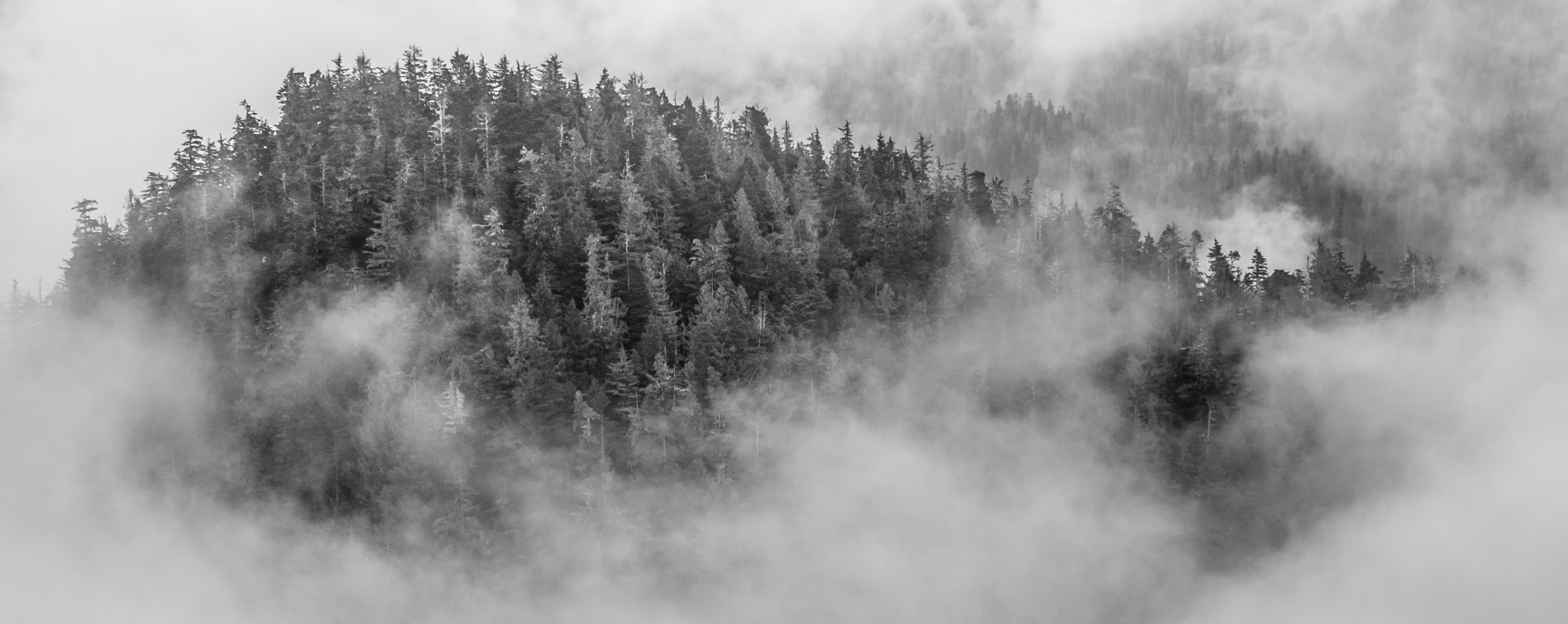
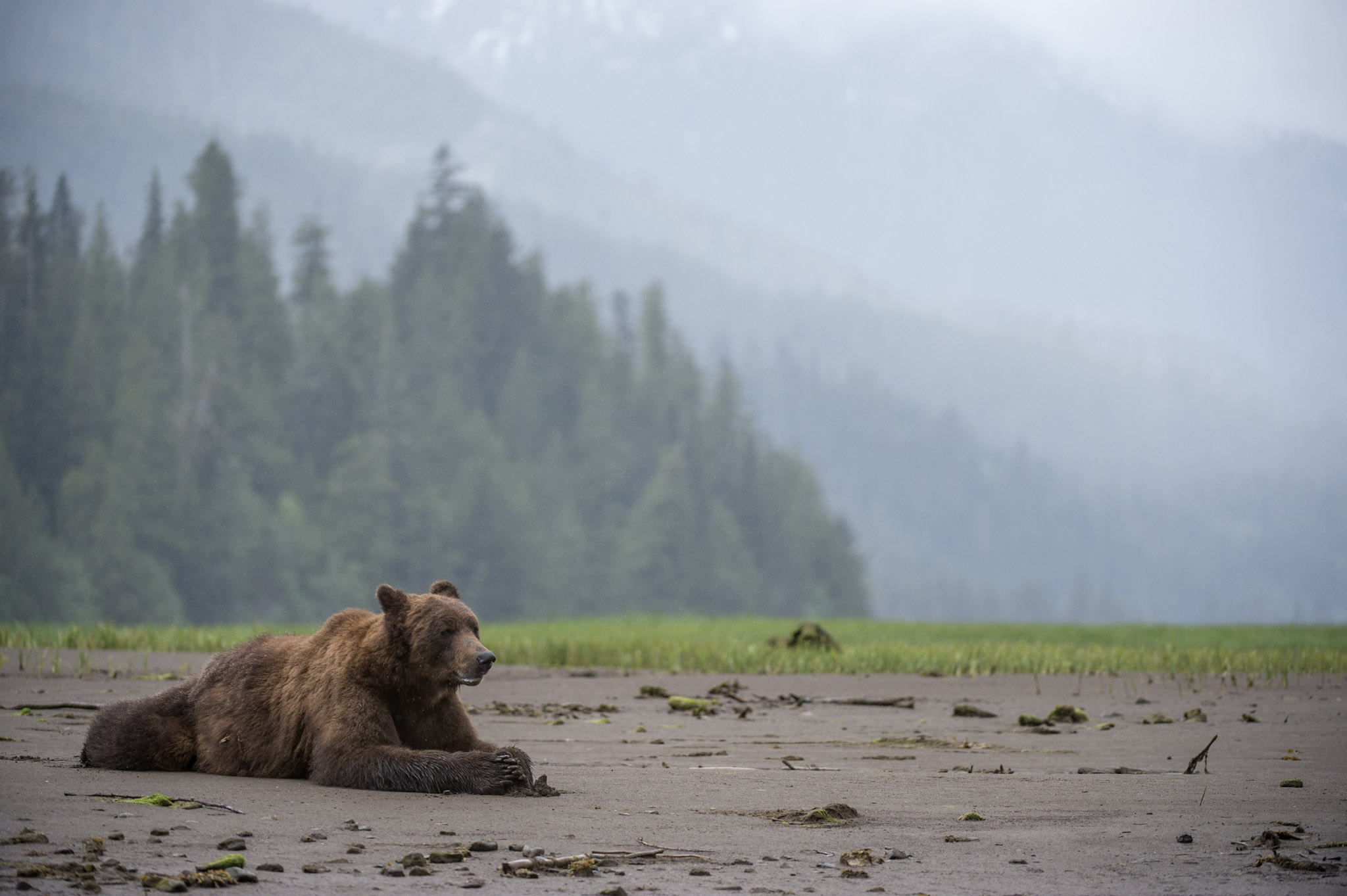
A unique goal of our work in the Great Bear Rainforest has been to support a resilient coastal economy to underpin meaningful and lasting conservation.
Communities in this region are remote and in many cases can only be reached by float plane or boat. And yet the creativity and resilience of First Nations has spurred local economies, resulting in new businesses, jobs and sustainable resource development. Over time, we are seeing local economies become increasingly less reliant on single industries as new investment creates a diversity of small businesses.
Quote
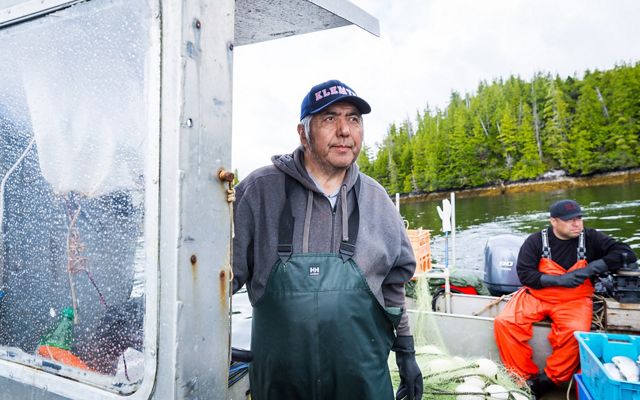
To support a resilient coastal economy that underpins meaningful and lasting conservation, our global affiliate helped establish Coast Funds.
With an initial $39-million investment in the Great Bear Rainforest, The Nature Conservancy leveraged additional private and public funding, resulting in the $120-million Coast Funds—divided evenly between an endowment to support conservation activities and a sinking fund to drive sustainable economic development.
As a result of these investments, 45 new businesses and 767 new, permanent jobs have been created in First Nation communities.
Economic Development in Great Bear
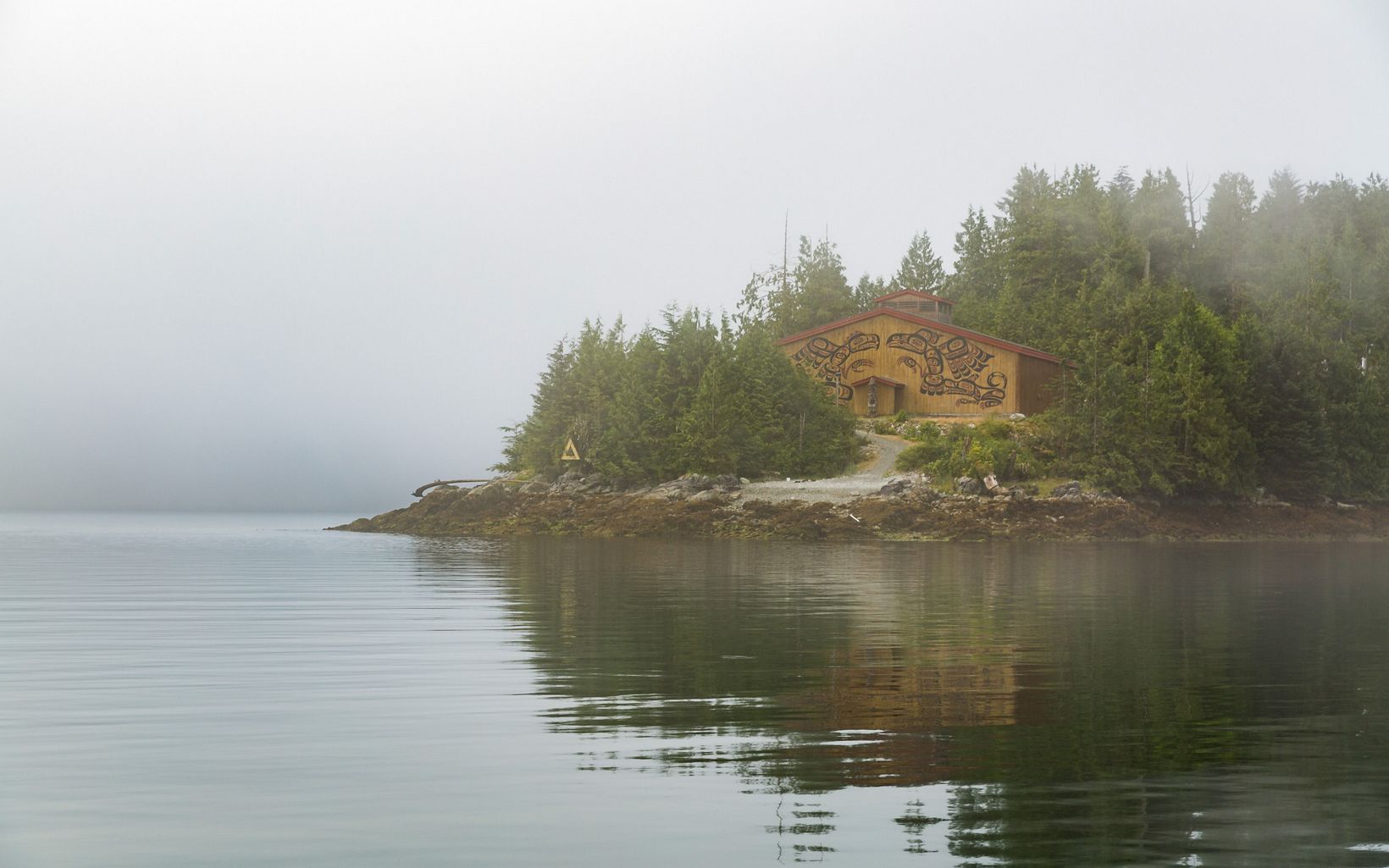
The Great Bear Rainforest is an important carbon storehouse and biodiversity hotspot.
This landscape is home to large carnivores, from genetically distinct coastal grey wolves, to one of North America’s largest concentration of grizzly bears, to the world’s only Spirit Bears, a subspecies of black bear with pure white fur. Salmon here are a critical source of nutrients for people and wildlife. Cedars have stood for thousands of years.
To help protect this critical ecosystem, we support First Nations in the sustainable management of forests across Great Bear. This work has resulted in lasting conservation outcomes, as well as long-term economic development opportunities for communities.
The Great Bear Rainforest is an example of how, when implemented with strong Indigenous leadership, Natural Climate Solutions benefit people and nature.
Natural Climate Solutions
Natural Climate Solutions are actions to protect, manage, and restore forests, grasslands, agricultural lands, and wetlands that result in avoided and captured greenhouse gas emissions. Learn More
Here is one of the highest bars in the world for sustainable forest management: a place where not only are old-growth forests protected, but also local, community values.
We offer targeted assistance to First Nations in the region to help them maximize the benefits of this framework. We also provide support for three carbon-finance projects that directly benefit First Nations. These projects connect the opportunities for carbon storage in the Great Bear Rainforest to the global carbon market, and they provide a model for sustainable revenue for other Indigenous communities.
The well-being of the Great Bear Rainforest goes hand in hand with the well-being of the those who inhabit it.
First Nations are the traditional stewards of the lands and waters within the Great Bear Rainforest. We strive to develop meaningful partnerships with Indigenous communities that create a dialogue of trust and respect for Indigenous rights and cultural traditions.
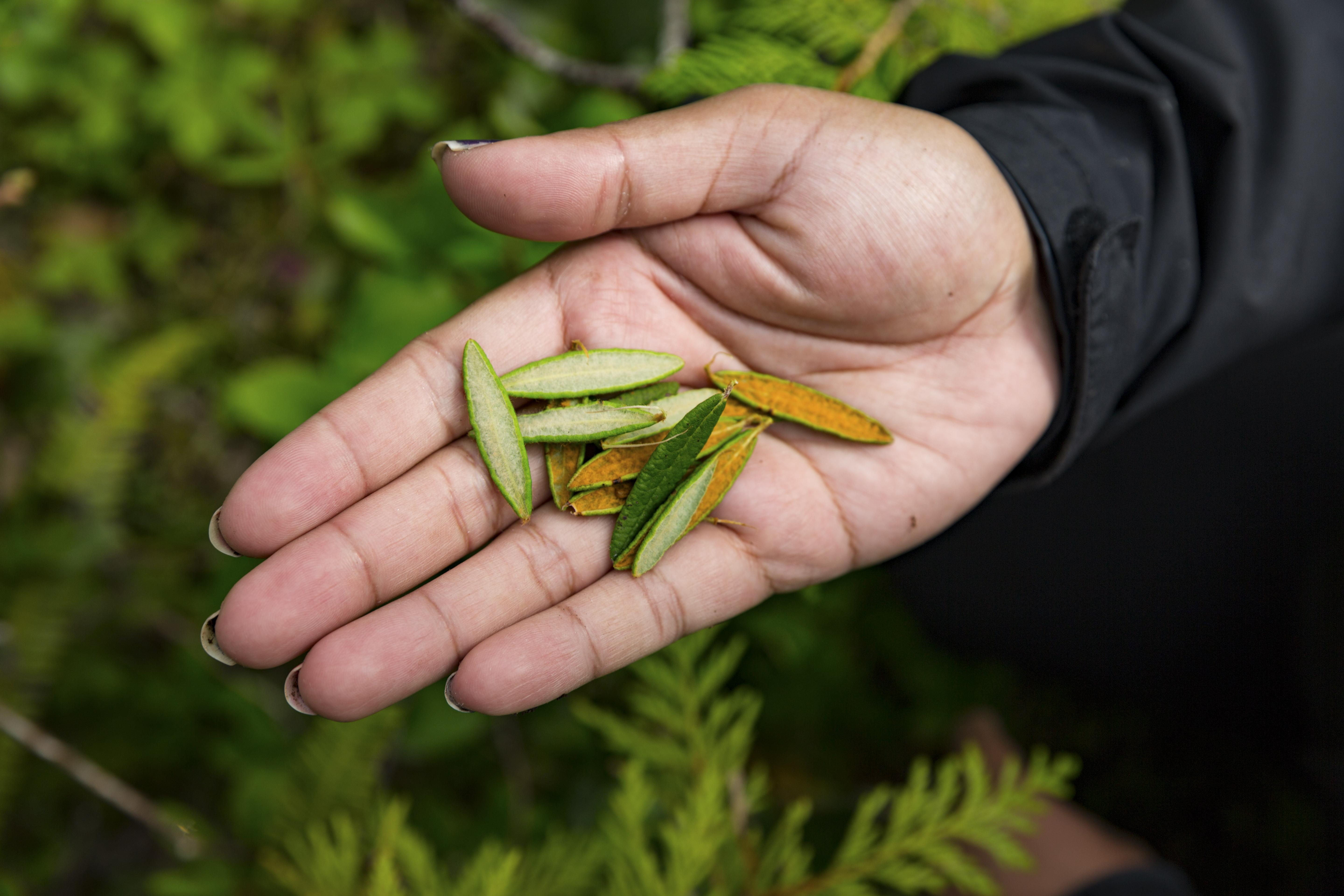
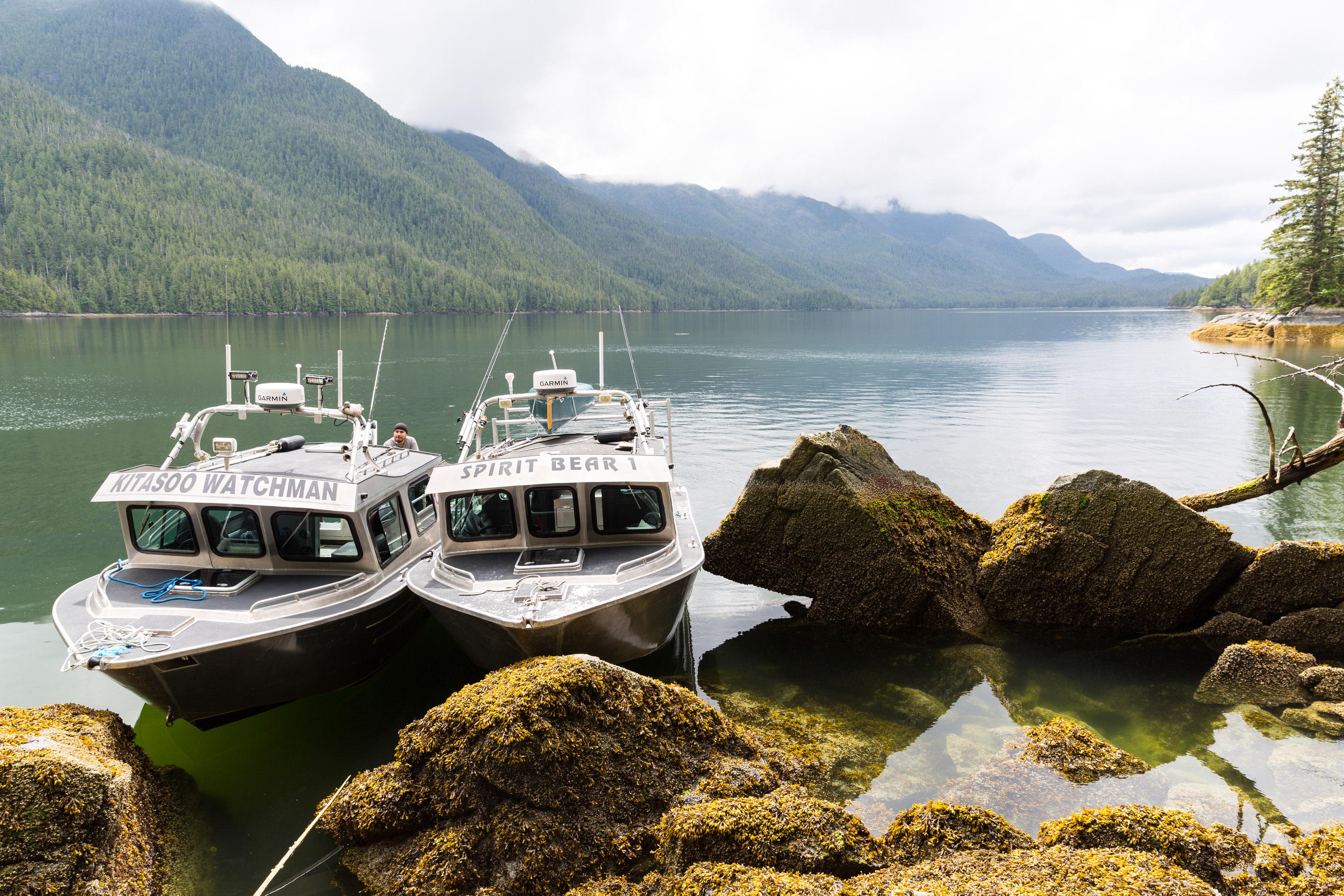
Throughout coastal BC and in the Great Bear Rainforest, Nature United provides virtual and on-the-ground support to Indigenous Guardian programs.
The Technical Support Team was born out of the Indigenous Guardian Toolkit, which Nature United developed as a living resource for communities across Canada. This responsive team of facilitators, hosts webinars on topics such as monitoring and data management, offers virtual workshops to Indigenous Guardian programs that are just getting started, and provides individual coaching to address Nation-specific questions. Our goal is to help support the work of Indigenous Guardian programs across Canada who are leading the stewardship of lands and waters on the ground.
Our Emerging Leaders initiative is another key piece of our organizational priority to support Indigenous authority in Great Bear.
Emerging Leaders
The youth programs we support are designed, led, and championed by the Indigenous communities they are meant to serve. This model allows programs to reflect unique cultures and identities, respond to local challenges, and adapt to community-specific factors. Learn more
Launched with support from our global affiliate in 2009, Supporting Emerging Aboriginal Stewards (SEAS) is running in three communities on the B.C. coast — Heiltsuk, Kitasoo Xai'xais and Nuxalk First Nations. SEAS school programs comprise classroom and field trip activities that connect youth with the lands, waters, seasonal harvest cycles and cultures of their traditional territories. Summer internships provide older students with opportunities for immersive hands-on experience in stewardship roles.
Support Our Work in the Great Bear Rainforest
We are now at a critical moment to amplify our conservation impact across one of Canada’s most spectacular landscapes. By supporting our work, you can help Nature United continue to work alongside Indigenous partners to achieve lasting conservation results in Great Bear and throughout coastal BC.
